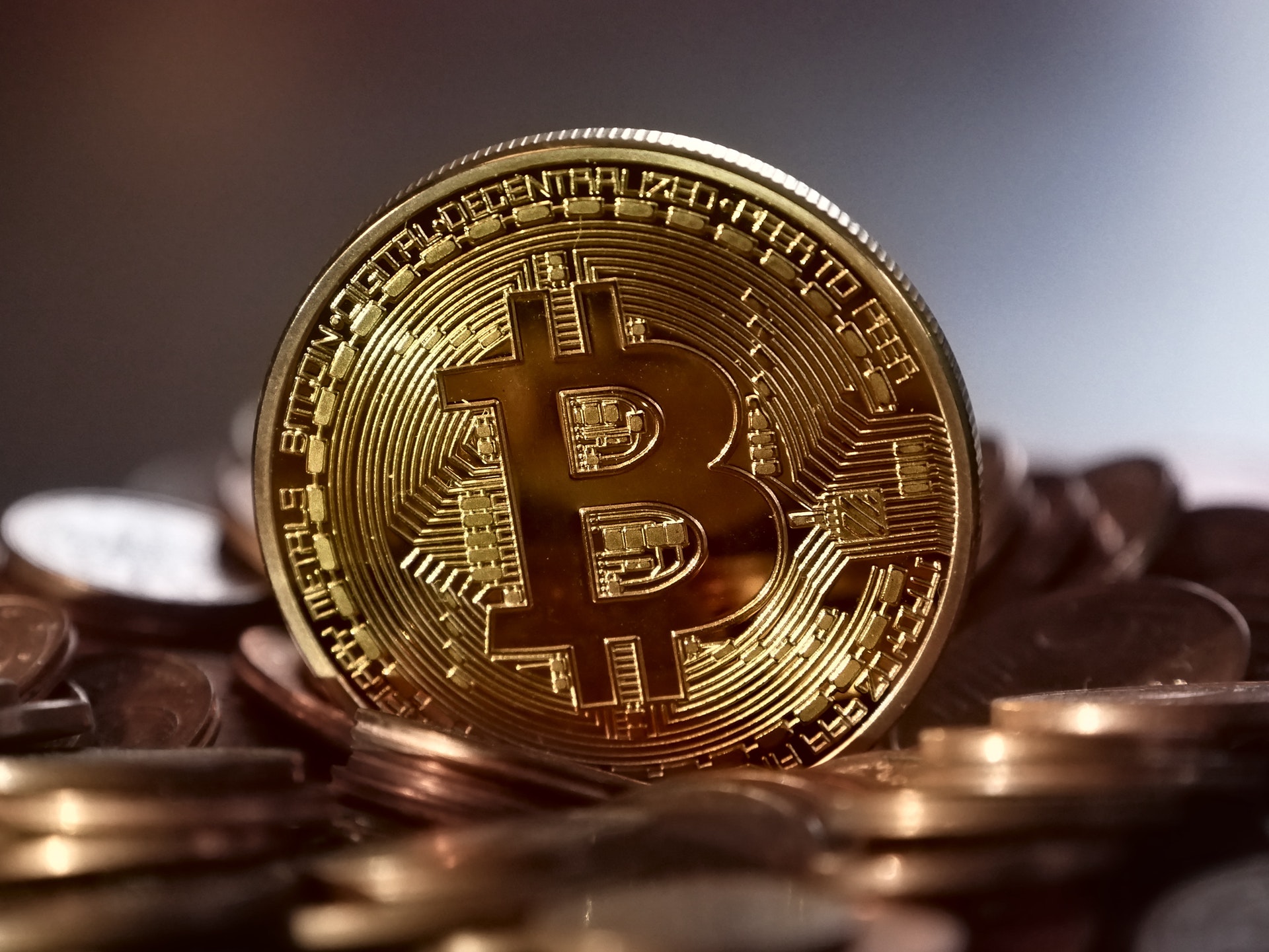Beginners Guide: What is Bitcoin & How Does it Work?
Cryptocurrencies are one of the most confusing topics currently. So, today I’m going to guide you on what Bitcoin is and how it works. If you have no idea what cryptocurrencies are, I advise you to check my previous article to get the general idea of today’s topic. If you’re looking for a good crypto exchange, I advise you to check out bestcryptoexchangeaustralia.com.au.
History of Money
Most everyone knows how we came to use the current system of coins and notes, but you may not know that these currencies are referred to as “fiat” money. Fiat money moved away with the old gold system which initially gained popularity because it was convenient and was backed up by actual gold. Later on, governments and other authorities decreed that fiat would be the means of exchange without being backed up by gold. So now, every coin and note in the world is guaranteed by governments and other authorities.
Advantages of Bitcoin Over the Current Alternative
- Bitcoin gives you complete control of your money. No one can get into your Bitcoin account without your approval. With traditional banks, governments can check at any time to see how much money you have.
- Bitcoin ensures that no middlemen are involved in transactions. With that in mind, transfers are cheaper than what you get in a bank.
- Bitcoin is open to all. There are no restrictions on who can join and who can’t. As long as you meet the pre-determined requirements, you can transfer and mine Bitcoins. If you’re planning to mine, try Free Bitcoin Mining offered by some sites.
- Bitcoin is programmable. For those with enough skills, they can easily setup codes to boost security for their wallets. With fiat money, this is not possible.
How Bitcoin Works
All cryptocurrencies are base on cryptography. Cryptography uses encryption and decryption tools to secure transactions. For cryptocurrencies to work, a computational algorithm, a private key, and a public key must exist.
You need transaction details, like the name of the person you are sending the funds to and the amount. Then it is passed through a hashing algorithm, which Bitcoin uses SHA-256 as its’ algorithm. From the algorithm, the sender approves the transaction using the private key. The network sends this transaction to miners for approval using the sender’s public key. Finally, this transaction becomes part of a blockchain.
Why is Blockchain Technology Important in Bitcoin
Bitcoin has a decentralized system of keeping records. Records of all these transactions are in a public ledger known as blockchain. Information in a blockchain cannot be changed. In 2009, Satoshi Nakamoto went public with the information that he wanted to set up a peer-peer network for transactions. This technology later became the basis of Bitcoin. So in essence, Bitcoin relies on blockchain technology.
What is Bitcoin Mining?
There must be miners for transactions to be complete. A miner is anyone who updates blockchain ledgers with transactions. You can only mine cryptocurrencies using specialized computers. Once your mining computer debugs the hashing algorithm, you update the blockchain ledger. This update is approved by other computers in the network. After this process is complete, the system offers a reward to the miner. You also earn the transaction fees attached to the transaction.
The system was designed in a way that, if there is more mining power, the difficulty of debugging the algorithm increases, and vice versa. The goal of this was to reduce inflation of the currencies. When currencies like Bitcoin were introduced, there were fewer miners, but as it grew, these numbers increased. In the early days, you could use your CPU to mine currencies, but nowadays, you need ASIC processing power.
What Factors Affect Mining Rewards?
- The hash rate. This is how long your mining processor takes to debug the hashing algorithm.
- The block reward. This is how much miners earn when they update the transactions. Currently, Bitcoin pays 12.5 Bitcoins to miners per transaction. As of December 2019, 1 Bitcoin equals 7,156 USD.
- Mining difficulty. This is how hard mining currencies are at a particular time.
- Pool fees. If you are part of a mining pool, you have to pay a certain amount of your rewards to the pool.
- The price. Bitcoin is very volatile, so a change in the price will affect your rewards.
The Future of Bitcoin
For those who have been following up on Bitcoin trends, we expect to see halving in May 2020. Halving is when miner’s rewards are cut by 50%. Bitcoin’s halving event takes place after achieving 210,000 blocks. The first event occurred in 2012. In 2009, the reward was 50 BTC, but after the halving event, it was 25 BTC. In 2016, the price was 12.5 BTC, so in 2020, the price will be 6.25 BTC. Bitcoin mining will stop at 2140. The halving event prevents inflation. So every time this event occurs, Bitcoin remains in low supply to maintain its value. When this halving takes place, we expect to see changes in the price of Bitcoin.





